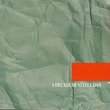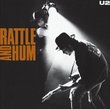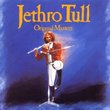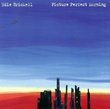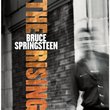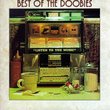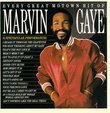| All Artists: Ginastera, Batiz, Mexico City Phil., Nan Allen Title: Harp Concerto / Estancia Suite Members Wishing: 0 Total Copies: 0 Label: Asv Living Era Release Date: 12/16/1993 Genre: Classical Styles: Forms & Genres, Concertos, Instruments, Keyboard, Strings Number of Discs: 1 SwapaCD Credits: 1 UPCs: 743625065428, 5011975065425 |
Search - Ginastera, Batiz, Mexico City Phil. :: Harp Concerto / Estancia Suite
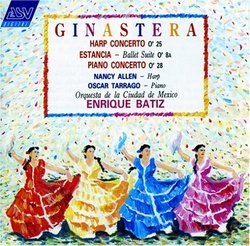 | Ginastera, Batiz, Mexico City Phil. Harp Concerto / Estancia Suite Genre: Classical
|
Larger Image |
CD DetailsSimilarly Requested CDs
|
CD ReviewsSpectacular recordings of 3 great pieces 02/23/2004 (5 out of 5 stars) "I saw a performance of Ginastera's harp concerto at the Chicago Symphony Orchestra in 2003 and have spent the last 6 months tracking down various recordings and being disappointed by what I heard. This recording FINALLY gave me the superb contrasts and razor sharp counterpoints which the harp concerto demands. A spectacular package. The other pieces on this disc are likewise outstanding interpretations of two of his most famous works. HIGHLY RECOMMENDED!" Powerful Modern Music Brett A. Kniess | 06/28/2000 (4 out of 5 stars) "Bizarre modernist atonality. Addicting Argentinian tunes. Pulse-pounding Latin beat. All this and an awesome orchestra to back it up makes this CD a must-have! This is quite definitely the most powerful and well-written harp concerto ever. It is from this music that other composers like Leonard Bernstein probably got their ideas (think West Side Story)." Wide range of Ginastera Brett A. Kniess | Madison, WI | 10/17/2005 (5 out of 5 stars) "This unusually programmed all-Ginastera CD is a no-holds barred look at the various musical styles of the great Argentinian composer, featuring two of his concertos and his famous ballet suite Estancia.
The piano concerto is a work of Ginastera's serial period, hence the movements are all based on a 12-tone row. Be forewarned, if you do not like "modern" 12-tone music, listen to the examples first before deciding to buy. Each of the movements have diametrically opposed styles and forms creating great diversity throughout the work. The first movement is a "theme and variations" taunting the listener with stops and starts of Ginastera's rhythmic style. The second is a pointillistic scherzo featuring piano versus percussion followed by a slow third movement. The final movement is a dance-like 3&2 beat combination with typical Ginastera driving rhythms. Virtuosity is required of both pianist and orchestra; of special note is the low tessitura poundings of the piano and the high horn rips from the orchestra. This is an excellent and gripping performance by pianist Oscar Tarrago. The harp concerto is more impressionistic than the piano concerto, perhaps a bit more subdued, but the sound still has a "modern" flavor. Harp and orchestra "play off" one another rather than play with each other, a feeling I got because the harp could have been miked a little closer. As typical with Ginastera, the final movement is the rhythmic showstopper. While not as virtuosic as the piano concerto, it relies on the timbre of the harp versus the orchestra and the battery of percussion. Representing a more mainstream Ginastera and offering standard orchestral literature, is the Estancia ballet suite. Divided into movements "The Land Workers", "Dance of the Wheat", "The Cattlemen", and "Malambo", this is some of South America's most exciting music. The opening is relentlessly rhythmic taken at breath-taking speed. The second movement has gorgeous flute, horn, and eventually string melodies capturing the peacefulness of the plantation and nature. The Cattlemen opens with blazing horns and timpani, again rhythmically engaging and evoking a bit of early Stravinsky. The suite concludes with a rhythmically taut spanish flavor all of which erupts into a paean of flourishes, fanfares, and orchestra hits. Enrique Batiz knows this music very well and leads his orchestra in some very virtuosic music to great success. They play tightly and energetically. At some points I thought he might lose control, but it never happens. The CD could be bought for the suite alone, but included are some popular concertos, although oddly programmed, well performed and highly engaging. I would also check out the entire Estancia ballet "professionally" played by the London Symphony Orchestra if you get a chance." |

 Track Listings (11) - Disc #1
Track Listings (11) - Disc #1